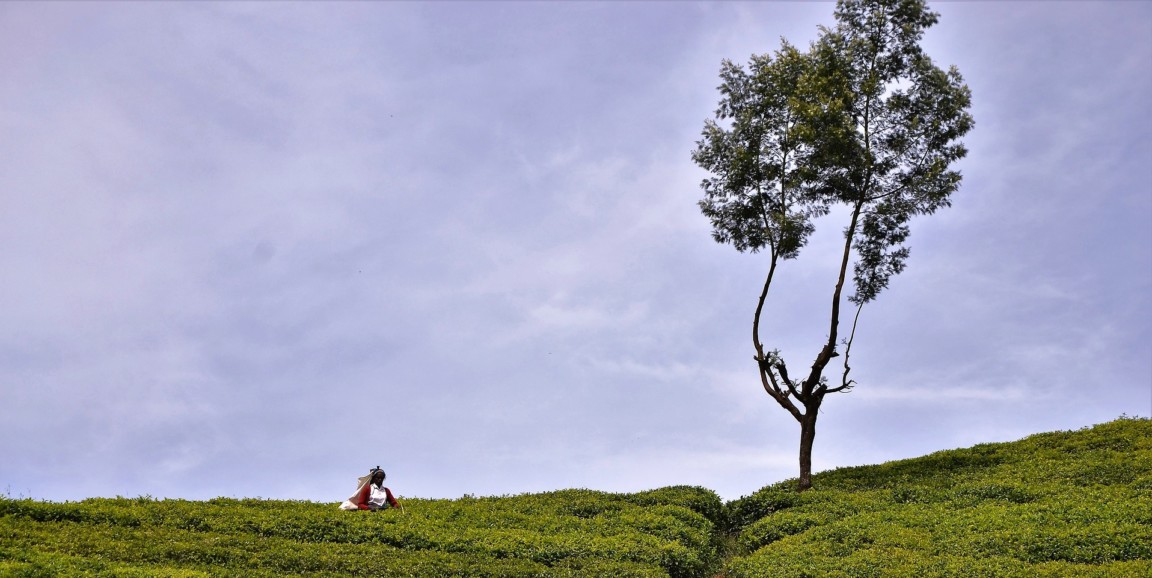There's a mysterious kidney disease in rural Sri Lanka. It primarily affects men in their 30s to 60s, leaving them debilitated. If left untreated, it can lead to kidney failure, which requires dialysis. And without dialysis, it can lead to early death, Stanford nephrologist Shuchi Anand, MD, told me.
This disease is currently known as CKDu, or chronic kidney disease of unknown etiology. It has also been found in dry, lowland areas in Nicaragua and El Salvador, affecting as much as 15 to 20 percent of the population, Anand said.
Researchers aren't sure why the disease primarily affects men, although in these regions men are more likely to be farmers than women, suggesting that it may be tied to agricultural work, she said.
"These are people who are meant to be supporting their family," Anand said. "In their 40s or 50s, if they develop a debilitating disease, even though the government is providing a lot of support in terms of care, it basically takes them out of the breadwinning role. They're depressed, they feel completely disempowered, and they're very worried about what's going to happen to their families."
She described a patient in his 50s with advanced kidney disease. "There's nothing we're going to be able to do to turn around his fate. He understood that. But he asked us, Can you please do something so this doesn't happen to my kids?"
Anand and her team aim to do just that. She first heard about the disease through a NPR radio show years ago, when a mysterious kidney problem was affecting rural workers in Nicaragua. She was intrigued by the story but was deep into her fellowship training as a Stanford nephrologist at the time, so she "put it aside."
Years later, she couldn't get the disease off her mind. She formed a Stanford working group in 2015, to learn more.
The first step was to define CKDu. In collaboration with Sri Lankan health care teams, they surveyed patients coming into a Sri Lankan kidney clinic for a year and came up with a definition, which they're currently working to publish. Anand said she is also pairing up with a team from the University of Connecticut to follow a group of patients over two years. They're examining clinical data, environmental samples and behavioral questionnaires.
So what, then, is the disease's source? An environmental toxin is one guess. "But no specific single agent has been identified," Anand said. Current possibilities include agrochemicals, vegetation, infectious agents and heat stress. Researchers are not sure whether the disease's link to agriculture is important or just a coincidence and they are also examining other potential factors, like genetics.
It is also challenging to identify the disease early, Anand said. A blood test could spot abnormal creatinine levels, which signal kidney malfunction. But the first physical symptoms, which include fatigue, shortness of breath and swelling, only appear when the kidney disease has advanced after several years. In Sri Lanka, government health officials are now working door-to-door to try to spot the disease early using laboratory tests, she said.
By striking a disenfranchised group,CKDu also causes "a lot of political and social upheaval," Anand said. Governments have tried to enact various policies based on unproven hypotheses -- banning a particular pesticide in Sri Lanka, for example, or implementing safe labor laws to reduce the risk of heatstroke in Nicaragua -- without scientific evidence, Anand said.
Anand said she worries that these measures, because they are not scientifically linked with the disease, could provide "false comfort that we're treating this disease."
At one point during our interview, Anand mentions another mysterious kidney disease of the past, the Balkan nephropathy, which was caused by an environmental toxin, although this wasn't proven until after decades of study. "Clearly we have to take lessons from that and widen the research investigation span," she says.
But she remains hopeful the source can be devised. "I am optimistic," she says, "because otherwise I wouldn't be doing this work."
Photo by lanur




